Over more than 5 years of using digital SLRs we had
our share of images damaged by dust on sensors. We had a recent encounter
that lets us look back. Still the dust on sensor is a major issue today.
Our first encounter with dust on a sensor
In March 2000 we bought our Nikon D1 (remember 2.7 MP at $5,000).
Then in April 2000 (just few days before our visit to Miami and Everglades)
we got this photo.

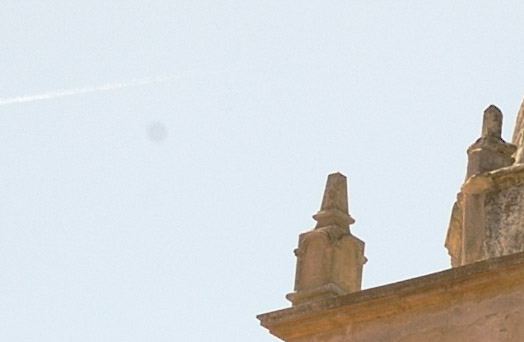
What in hell is this, we thought. Some research on the
net (remember only few people owned a D1 at that time) indicated that
we had dust on the sensor. The manual only allowed the use of a bulb
blower and that did not fix the problem. Finally somebody suggested
that we use canned air. To be honest I was very naive and careless
(did not know better) and instead of improving the situation we created
a much bigger spot from residue of the canned air. As the result we
tried to avoid using the right part of the frame as much as possible
:-)
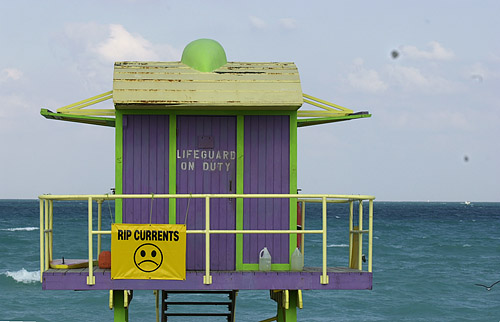
Spots from canned air residue
Today even such a spot would not make
me that nervous because with Photoshop cloning tool and even better
the new Healing Brush many of this images can be fixed.
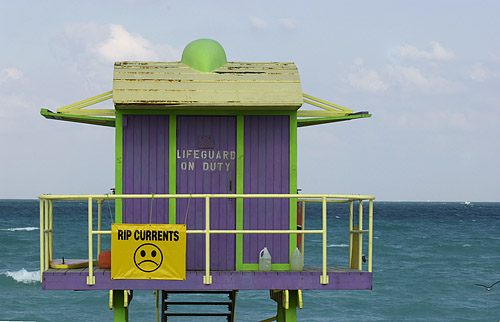
Fixed with Healing Brush (less than a minute work)
Some images are harder to fix. But we
even describe in our books how to solve more complex situations.
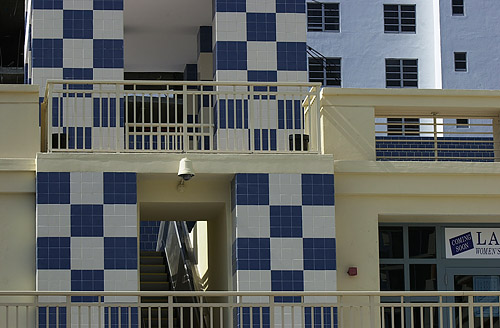
Fixed photo
This photo showed the same spot from
the canned air:
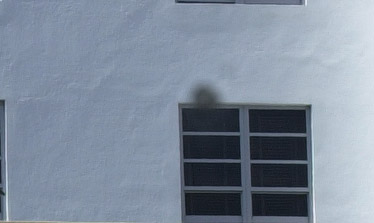
Dirt spot
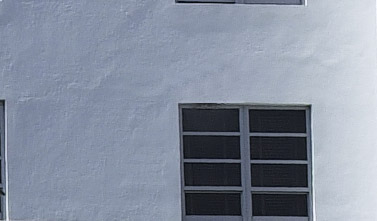
Fixed spot
In these cases you need to use some selections
while working with the Clone Tool or Healing Brush. This work can also
be probably improved but even our corrections saved the day.
Lesson #1:
Don't use canned air to clean a sensor. And if you insist then be very,
very careful.
Lots of dust
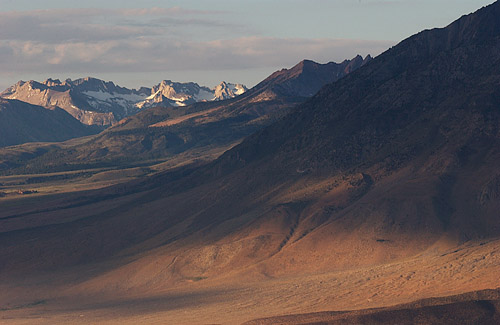
Bishop in morning light
This photo had a lot(!) of dust in the
sky:
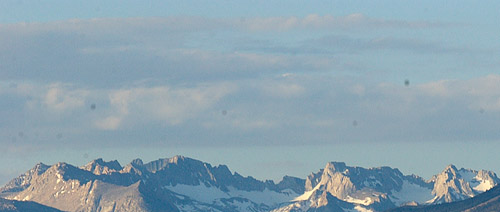
Lots of dust
Lesson #2: If
you have dust spots on your image, don't panic and fix the spots with
the cloning tool and/or Healing Brush.
A monster dust spot
We recently had a monster dust spot on
our Nikon D200 sensor (can happen with most digital SLRs and has nothing
to do with Nikon, Canon, ...).
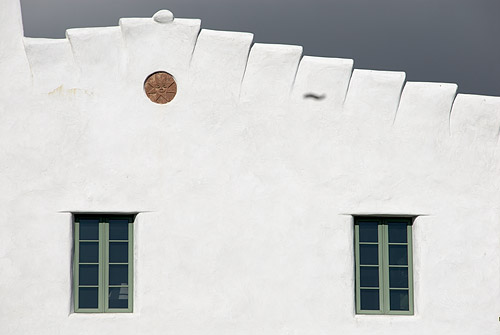
Bad dust
Even this spot was easy to fix:
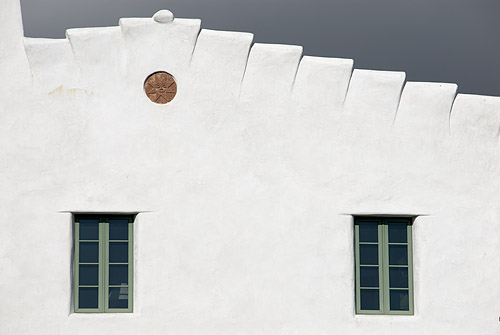
Fixed spot
No real surprise here because the background
is mainly just white. The next image was quite a bit more challenging
(same spot):
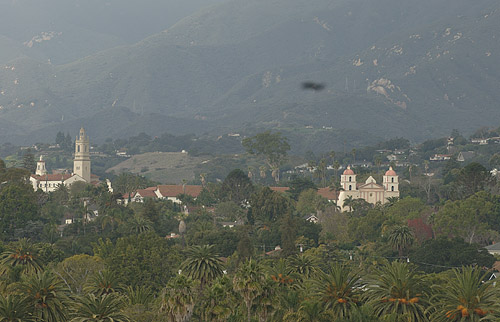
Santa Barbara Mission with dust
But even here we could ge a useable
result using the Healing brush. Not perfect but probably not that
obvious on a print.
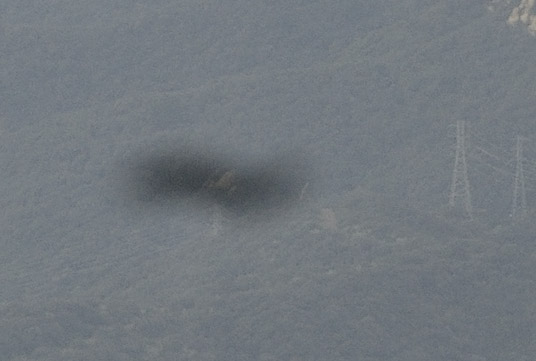
100% magnification crop
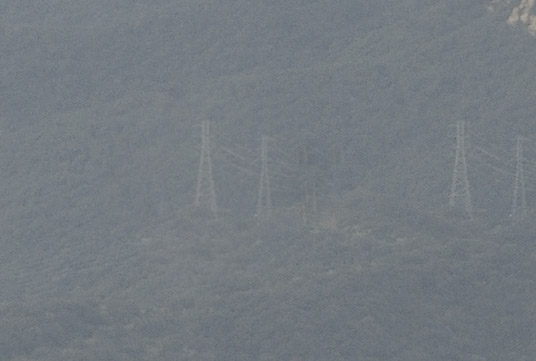
Fixed spot
We watch on the LCD mostly the histogram
as we think we know what we photographed. But in this situation it
would have helped to check the camera for dust in certain intervals.
One way to do this is just to photograph the sky or a white wall (keep
the subject out of focus):
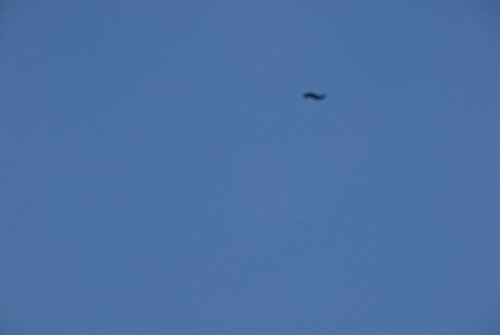
Spot over blue sky
A spot of this magnitude can easily be
seen on the small LCD. Actually in our case we just needed to use a
small bulb blower and the dust was off.
Cleaned with one "puff"
Note: When
we looked in our image archives we found out that this dust spot was
not introduced as a direct result of switching the lens. It showed
up out of nowhere during a photographing session we had in Pismo Beach
(Monarch
butterflies)
from one shot to next but then was "sticky".
Lesson #3:
Watch for dust during every shooting session (mainly after changing
lenses).
Lesson #4: First try to clean the sensor
with a bulb blower. As in our case it sometimes works. Dust still a challenge
Overall we hope the industry provides
better solutions in the future. Some companies were at least somehow
helpful.
- Olympus E1, E500 feature an ultrasonic cleaning device in their
cameras. Bravo Olympus.
- Nikon provides so called dust maps. Not sure they are really that
useful though
- Fuji allows officially the use sensor swabs without voiding the
warranty
On the other side often manufacturers clean cameras for free during
the warranty period. But this means you miss your camera for a while.
Today the two main cleaning methods are:
- Sensor Swabs with some special fluid
- Sensor Brush
All cleaning methods can have nasty side effects but on the other
side they work most of the time just fine. We live with dust and train
to use the Healing Brush faster and faster :-) but this last dust spot
was more than just a bit nasty.
|